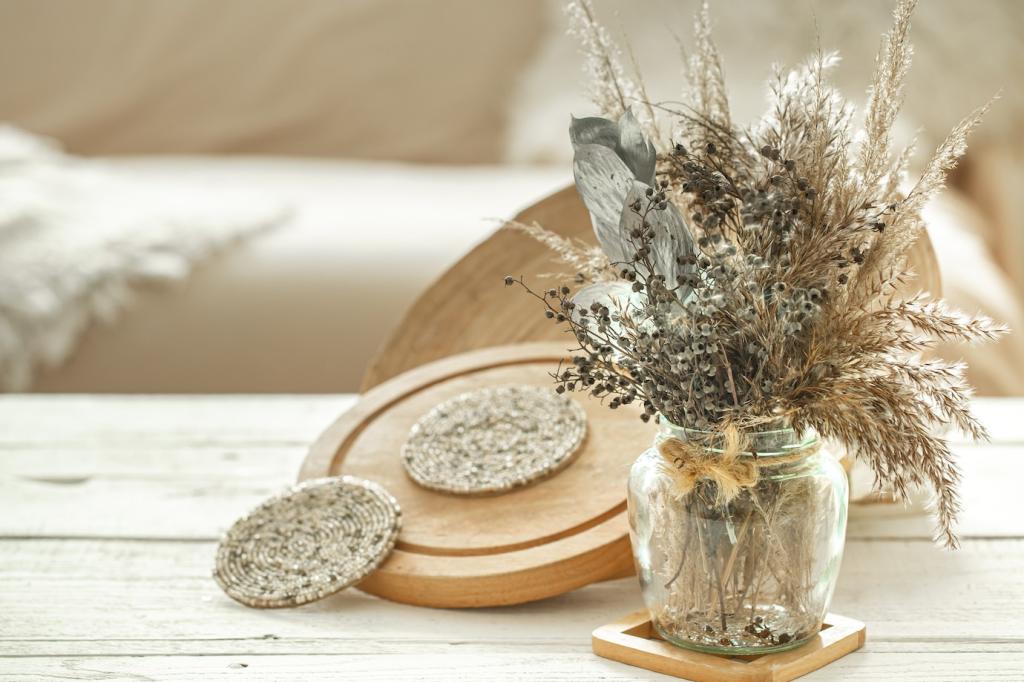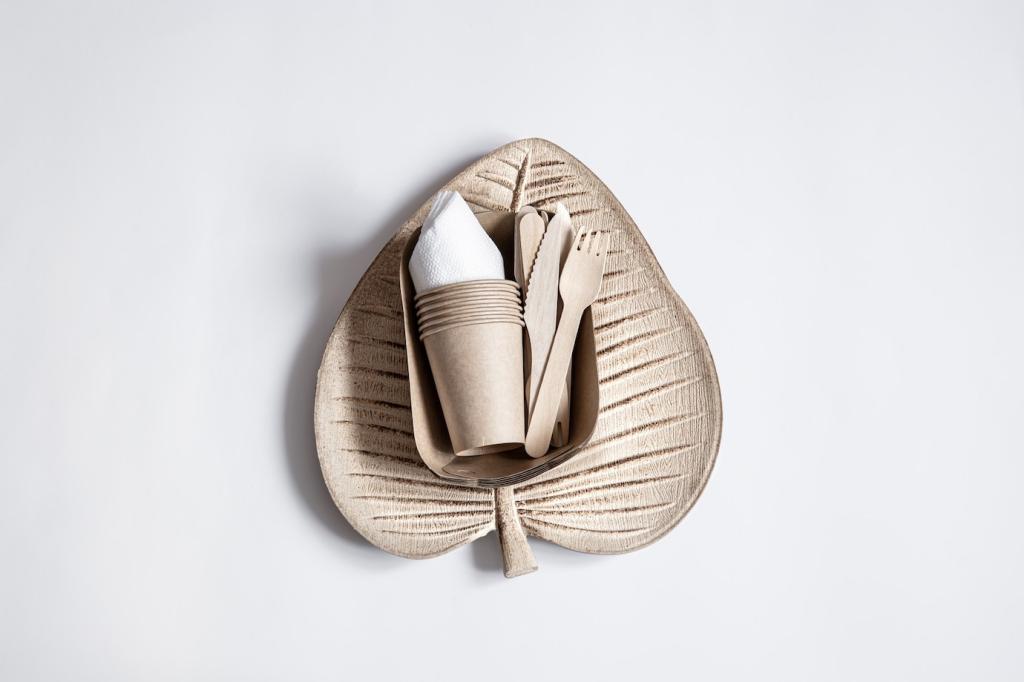
Discover Natural Insulation Options
Welcome to our deep dive into Natural Insulation Options—renewable, breathable, and beautifully practical materials that keep homes cozy, quiet, and healthy. Today’s theme explores how nature’s fibers and foams can transform comfort, cut drafts, and create spaces that feel alive. Join the conversation, share your questions, and subscribe for fresh insights on building better with nature.




Sheep’s Wool and Cellulose: Soft Powerhouses
Wool fibers crimp and interlock, trapping air while buffering moisture without losing insulation value. A reader from a rainy coastal town told us wool stopped window condensation near a drafty nook. Tell us your climate, and we’ll suggest wool strategies that work.
Sheep’s Wool and Cellulose: Soft Powerhouses
Recycled cellulose packs tightly, filling gaps and odd cavities that defeat batt insulation. In one century-old house, dense-pack cellulose quieted street noise almost instantly. Post your retrofit era—prewar, mid-century, or modern—and we’ll share targeted cellulose tips.

Hemp, Straw, and Lime: Tradition Meets Innovation
Hemp shiv mixed with mineral binders creates a wall that insulates, regulates humidity, and gently stores heat. A farmhouse retrofit reported calmer temperatures day to night. Tell us your climate swings, and we’ll discuss ideal wall thicknesses.
Hemp, Straw, and Lime: Tradition Meets Innovation
Straw bale construction yields thick walls with a hushed acoustic signature and comforting curves. A community barn-raising became a neighborhood event and a lifetime memory. Share your build timeline, and we’ll outline code considerations and detailing tips.
Hemp, Straw, and Lime: Tradition Meets Innovation
Breathable lime plasters protect and finish natural walls, allowing moisture to move safely. They age beautifully and can be tinted with mineral pigments. Ask about finishes you love, and subscribe to our plaster recipe breakdowns and curing timelines.
Indoor Air Quality and Moisture: Breathe Easy
Many natural products are manufactured with minimal additives, reducing smells and off-gassing. One reader noticed guests stopped asking about “new house smell.” Tell us your sensitivities, and we’ll spotlight certifications to look for on product labels.
Stored Carbon, Lighter Footprint
Plant-based materials pull carbon from the air as they grow, locking it in your walls. That makes every cozy evening feel even better. Share your carbon goals, and we’ll compare materials by sequestration potential in clear, practical terms.
Durability Through Smart Details
Longevity hinges on water management, UV protection, and pest-aware design. With proper detailing, natural insulation lasts and keeps performing. Tell us your climate risks—rain, heat, critters—and we’ll tailor protective strategies you can trust.
Tools and Safety, Simplified
Expect basics like masks, gloves, and cutting tools, plus blowing equipment for cellulose. A well-lit workspace and labeled circuits save hours. Tell us your tool kit, and we’ll share a tailored checklist that keeps the work smooth and safe.
Retrofits: Start Where It Counts
Attics, rim joists, and leaky walls often deliver the biggest comfort gains first. Combine air sealing with natural insulation to feel results fast. Describe your home’s cold corners, and we’ll recommend a staged plan with clear next steps.
When a Pro Makes Sense
Complex roof assemblies, dense-pack techniques, and façade overclads benefit from experienced hands. You’ll gain speed, documentation, and performance assurance. Share your timelines and constraints, and subscribe for our hiring questions and quality benchmarks.
